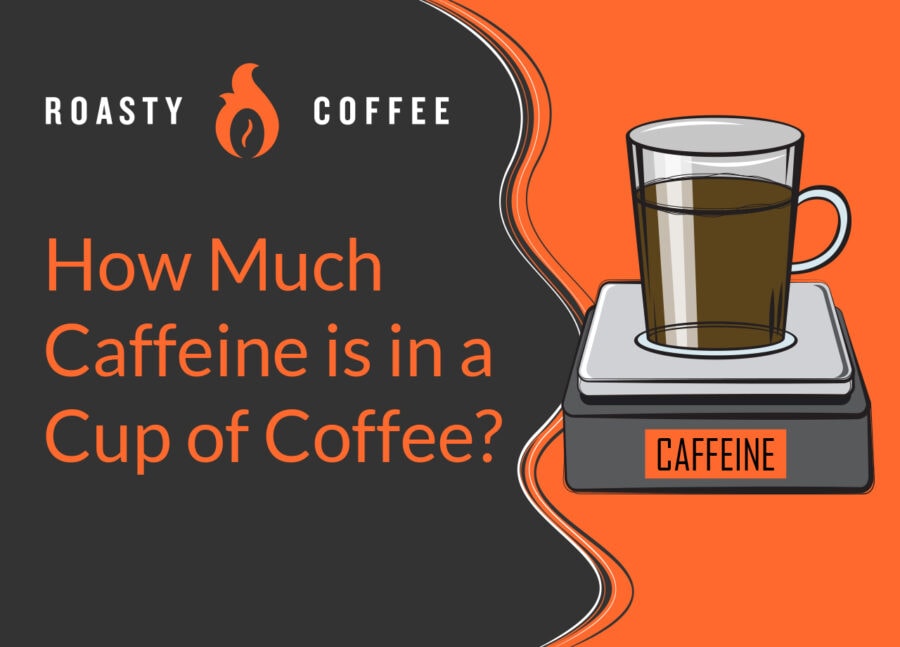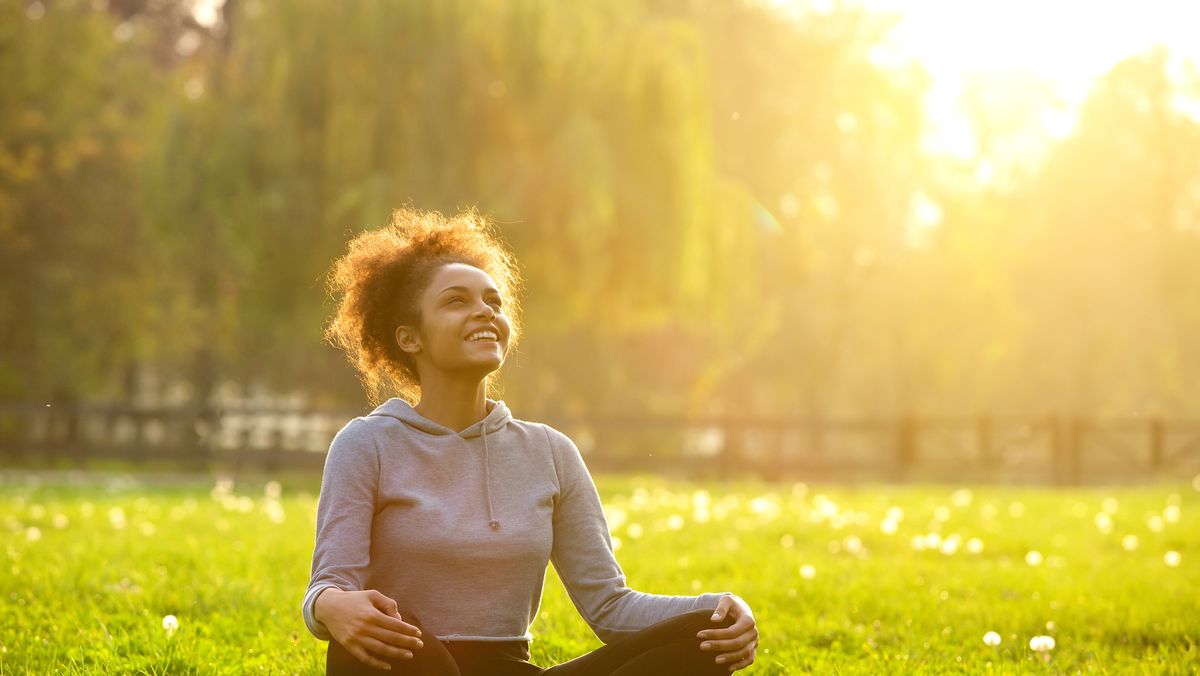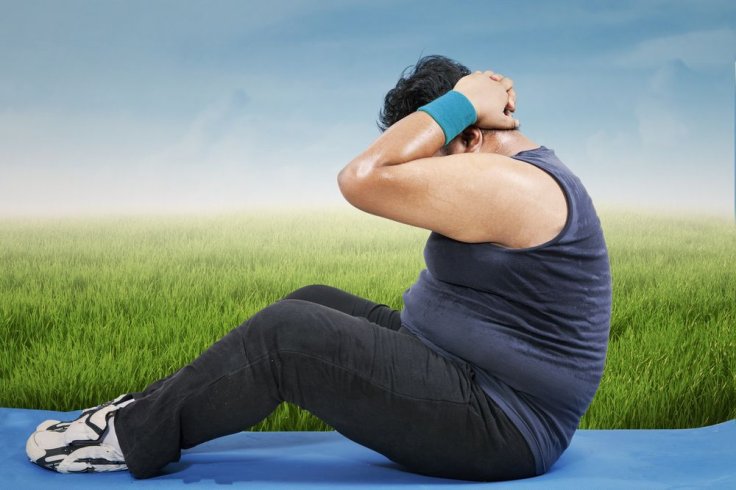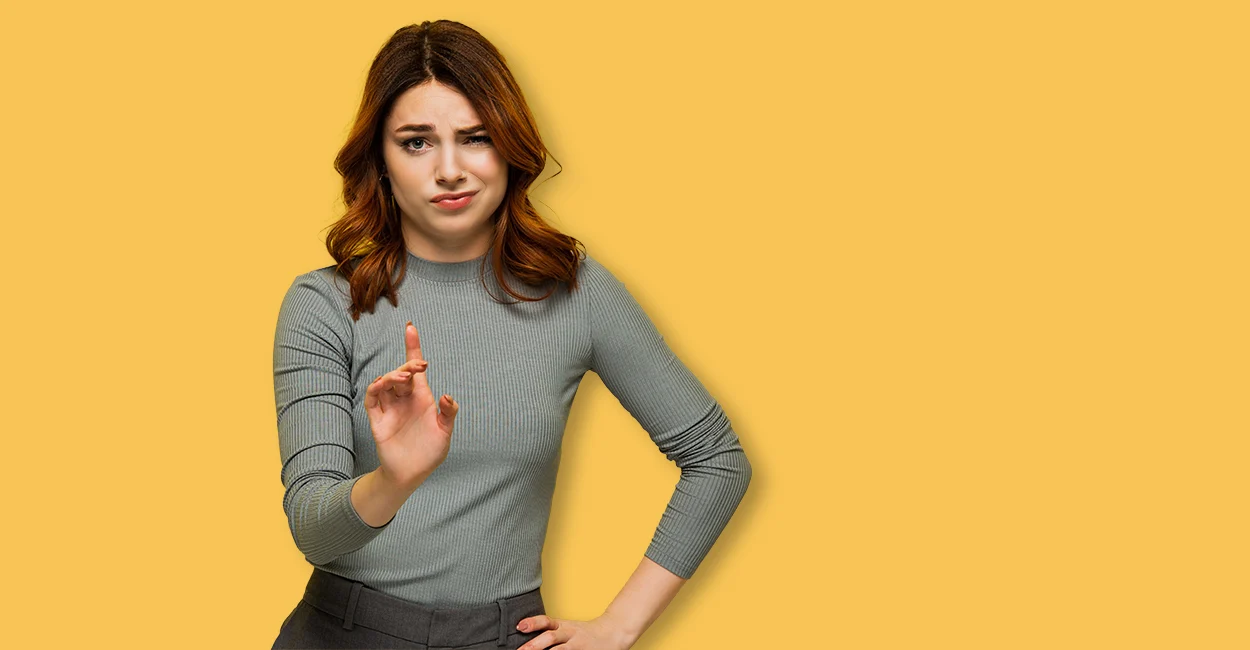Gracious, the sweet provider of life. The deity’s drink. The mixture to which we owe our stirred state. Obviously I’m alluding to espresso. Nowadays, it seems like we all drink it to varying degrees (a lot, a lot more, and give me an IV are the degrees I suggest), but are we really aware of what is in it? I mean sure mixed with mystical properties make us ready. There are ground beans as well as a variety of flavorings. What, however, awakens my eyes? One of the magical properties was just described: caffeine.
Which Cups of Espresso Contain The Most Caffeine?
In this connection you can find a pleasant realistic that shows you the data I will fill you in about. This is the very thing that you will gain from the realistic: 9 sorts of espressos considered to perceive how much caffeine was in every one. The outline takes care of them and tells how much each contains.
McDonald’s has the lowest caffeine content (drum roll please). They contain roughly 9.1 mg of caffeine per fluid ounce. Might it be said that you are lovin’ it?
Seattle’s Best is the one after that. That one has a meager 10.4 mg of caffeine per fluid ounce. Seattle, try harder.
We should truck on down to Biggby Espresso. The fact that Biggby has a caffeine content of 12.5 mg per fluid ounce, which is not significantly higher than that of the other places on the list, does not indicate that the “big” in Biggby refers to caffeine levels.
Dunkin’ Doughnuts anybody? They have approximately 12.7 mg of caffeine per fluid ounce, and we are moving toward the middle of the pack.
The caffeine content of Dutch Bros. Coffee is 12.8 mg per ounce. Very near Dunkin’ Doughnuts.
To eliminate the middle contenders, Caribou Coffee raises its caffeine content to 15 mg per fluid ounce.
Next we show up at Peet’s Prepared Espresso. For goodness sake, this one contains 16.7 mg of caffeine per fluid ounce.
On the list, Starbucks is not the strongest contender. I don’t know whether you were anticipating that they should be (I was), yet their 20.6 mg per fl oz is second.
Coming in first is Deathwish Espresso with 54.2 mg per fl oz. All things considered, now that I hear the name I guess that it’s a good idea that they cover the opposition.
Why Were These Specific Beverages Picked?
These are the most popular coffees in the country. I must tell the truth and say that I have consumed everything except around 3 of them, so the story looks at for me. In order to determine whether you are experiencing negative effects as a result of the coffee, it is essential to know what you are putting into your body. According to the study, Deathwish Coffee is somewhat high on the caffeine-infused spectrum if you experience shakes while drinking it.
Who carried out the study?
The Middle for Science in the Public Interest was the hotspot for the data. EnergyField.com also provided them with some statistics. Kindly look at this connection for some more caffeine data set data. Alongside a few factual information there likewise gives off an impression of being some extraordinary data on espresso and caffeine overall as it connects with all food. Try not to get carried away when you fall down that rabbit hole.
Assuming that I Do This Concentrate on Will I Obtain Similar Outcomes?
What a fascinating inquiry. To begin, may I inquire if you are a scientist? No? Well why might you do the review? Putting aside that point, no, you wouldn’t. The chain to chain handling and blending of these cups of java will fluctuate in view of readiness and the individual making them. These numbers are only for comparison purposes.
Are you eager to learn more about this?
Please use this link to access the original article and infographic, which were originally published on The Huffington Post. Your extensive knowledge of the caffeine content of their favorite coffees will awe all of your friends.










